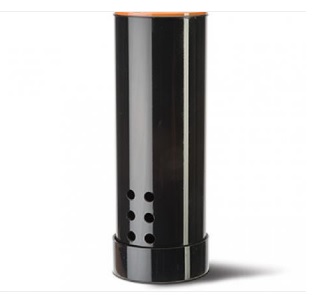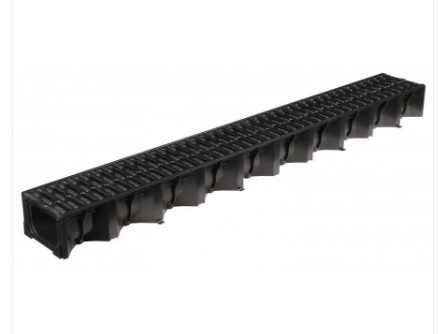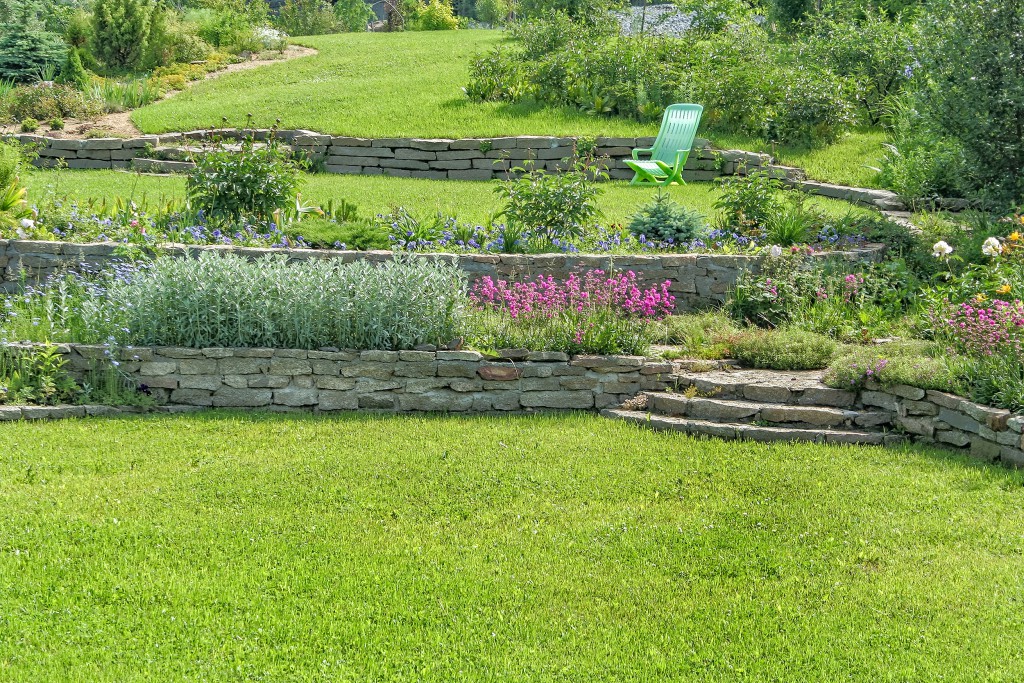If you live on a level area of heavy clay, as is the case in many parts of London and the home counties, you are likely to have issues with bodies of surface water that seem to take an age to evaporate or soak away. Here are some possible solutions.
Soakaways
These are the preferred solution in many large scale construction projects and land-drainage schemes. The principle is very simple - you dig shafts or pits down through your relatively impermeable top layers of soil, until you hit a permeable one beneath - typically gravel or chalk. Water can now flow down into this level and soak away, down to the subterranean water table. The shaft can be lined as a drain (for example a vertical pipe capped with a grid), or simply in-filled with permeable aggregate,such as gravel, so that you can re-turf or landscape the area again. You can use other surface measures to bring more water to your soakaway.

The drawback, apart from the labour of digging big holes, is that it depends on your geology. If the only thing below your topsoilis a flat bed of granite, then you won’t get far and nor will your water. Alternatively, there may be a layer of gravel, but, as in some parts of the London basin, it could be below many metres of clay. Do you really want to excavate that far, just for a garden? Routing water into the public drainage system is the other option.
Linear drainage
There are two main variations of linear drainage. One is to site drainage channels, or trenches, at the surface and the other is to conceal pipes under the ground.
Open topped trenches not only spare you labour, but they can actually look rather elegant and organised as part of your garden design. Small trenches are dug across or around the edges of your lawn or waterlogged beds, and then capped with a grid. Sections are available that easily snap together making it a very easy job. Make sure there is a fairly steady slope toward your public drain or into a soakaway.

In the oddly named “French drain” variation, pipes with holes in them are embedded beneath the ground surface and surrounded by permeable aggregate, with a little topsoil or turf re-laid above. A “Geo Textile Fabric” can be added to prevent any soil getting through to clog the holes, and it will also inhibit plant roots from seeking them out. Again, camber them towards your drainage escape point.
All of these techniques can be enhanced by embedding trails of sand into your lawn or land surface to act like miniature drainage channels leading to the constructed ones.
Landscaping
Neither the easiest or best option in most scenarios, but obviously, if you create a gentle camber of the land level it will help the water simply run away. Remember of course that it has to run to somewhere else - hopefully not towards a neighbour you want to stay friends with.

